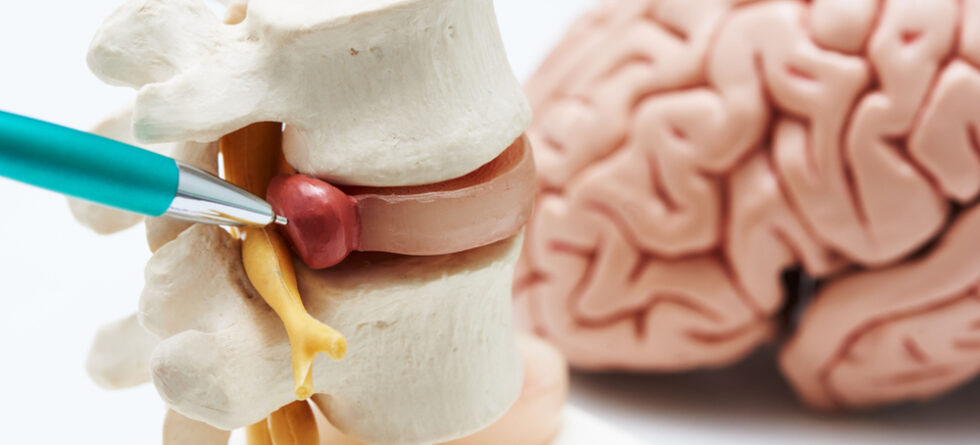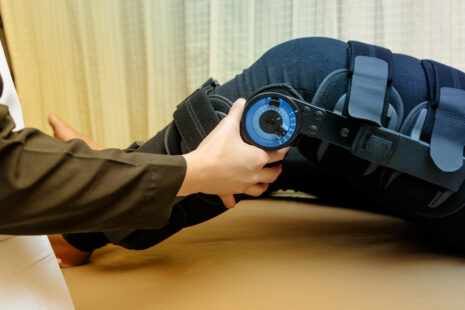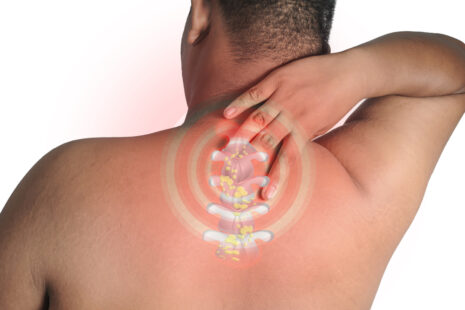Degeneration of the lumbar spine at levels L4-L5 is a common issue, often leading to symptoms such as lower back pain, sciatica, and potential mobility limitations. The treatment approach for L4-L5 degeneration typically involves a combination of non-surgical and, if necessary, surgical interventions, aimed at relieving pain, improving function, and preventing further degeneration. Here’s an overview of the treatment strategies…
Non-Surgical Treatments
1. Physical Therapy
- Focuses on strengthening the muscles around the spine, improving flexibility, and increasing range of motion. Techniques may include exercises, posture training, and manual therapy.
2. Medications
- Pain Relievers – Over-the-counter (OTC) pain medications like acetaminophen or NSAIDs (ibuprofen, naproxen) can help manage pain and inflammation.
- Muscle Relaxants – These can be prescribed for short-term relief of muscle spasms.
- Antidepressants or Anticonvulsants – Sometimes used off-label to treat chronic pain.
3. Epidural Steroid Injections
- Involves the injection of corticosteroids into the epidural space around the spinal cord to reduce inflammation and pain.
4. Lifestyle Modifications
- Weight loss to reduce pressure on the spine, ergonomic adjustments to minimize strain on the back, and quitting smoking to improve blood flow to the spinal tissues.
5. Alternative Therapies
- Acupuncture, chiropractic care, and massage therapy may provide symptom relief for some individuals.
Surgical Treatments
Surgery may be considered if non-surgical treatments fail to relieve symptoms or if there is significant nerve compression leading to weakness, loss of function, or severe pain. Common surgical options include:
1. Lumbar Laminectomy
- Removing a portion of the vertebral bone (lamina) to relieve pressure on the spinal nerves.
2. Discectomy
- Removal of a portion of a herniated disc that is pressing on a nerve.
3. Spinal Fusion
- Joining two or more vertebrae together to stabilize the spine. This is sometimes necessary if there’s significant degeneration or instability.
4. Artificial Disc Replacement
- Replacing a degenerated disc with an artificial one, although this is less common for the L4-L5 segment.
Considerations
- Conservative First – Non-surgical treatments are typically recommended before considering surgery, except in cases with significant neurological deficits or severe pain.
- Individualized Treatment – The best treatment plan depends on the individual’s specific symptoms, the severity of degeneration, overall health, and lifestyle.
- Ongoing Management – Degenerative spine conditions often require ongoing management to prevent further deterioration and maintain quality of life.
Conclusion
Treating L4-L5 degeneration involves a multi-faceted approach tailored to the individual’s symptoms and needs. Non-surgical treatments are the first line of therapy, with surgical options reserved for cases where conservative measures are ineffective or when there’s significant structural damage. Consulting with a spine specialist is crucial to determine the most appropriate treatment strategy for each individual.




